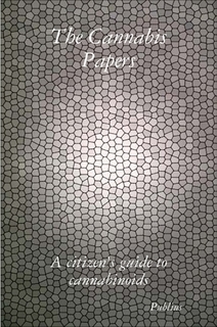 The Cannabis Papers by Publius
The Cannabis Papers by Publius The Cannabis Papers: A citizen’s guide to cannabinoids (2011)
By Publius
Welcome Homeostasis!
Burning Man Edition
Today’s science roundup looks at four 2014 articles on how the cannabinoid system (CS) modulates our health through homeostasis. The line-up links to CS PubMed articles discussing: hippocampus inhibition and excitation, pain relief from a Chinese herb (thunder God vine), GABA pain dis-inhibition, and brain protection from a single ultralow dose of tetrahydrocannabinol (THC).
The annual Burning Man festival in Black Rock City (NV) was last week; participants test their CS by enduring two Black Rock extremes ~ art and nature ~ which create space for mind and body to catch a glimpse of … spirit.
I. Hippocampus Homeostasis (Inhibition and Excitation) and the CS (Endos)
“Endocannabinoids (eCBs) modulate both excitatory and inhibitory neurotransmission in hippocampus via activation of pre-synaptic cannabinoid receptors. Here, we present a model for cannabinoid mediated short-term depression of excitation (DSE) based on our recently developed model for the equivalent phenomenon of suppressing inhibition (DSI). … Finally, we explore under which conditions the combination of DSI and DSE can temporarily shift the fine balance between excitation and inhibition. This highlights a mechanism by which eCBs might act in a neuro-protective manner during high neural activity.”
Cannabinoid-mediated short-term plasticity in hippocampus.
Zachariou M, Thul R.
J Comput Neurosci. 2014 Aug 16. [Epub ahead of print]
PMID: 25123173 [PubMed - as supplied by publisher]
Related citations
II. Homeostasis (Pain Relief) and CS CB2 Signaling
“Celastrol, a major active ingredient of Chinese herb Tripterygium wilfordii Hook. f. (thunder god vine), has exhibited a broad spectrum of pharmacological activities, including anti-inflammation, anti-cancer and immunosuppression. … Taken together, our results demonstrate the analgesia effects of celastrol through CB2 signaling and propose the potential of exploiting celastrol as a novel candidate for pain relief.”
Celastrol attenuates inflammatory and neuropathic pain mediated by cannabinoid receptor type 2.
Yang L, Li Y, Ren J, Zhu C, Fu J, Lin D, Qiu Y.
Int J Mol Sci. 2014 Aug 6;15(8):13637-48. doi: 10.3390/ijms150813637.
PMID: 25101848 [PubMed - in process] Free Article
Related citations
III. Homeostasis (GABA Pain Dis-inhibition) and the CS
“At the cellular level, opioids and cannabinoids are hypothesised to activate descending analgesia through an indirect process of 'GABA disinhibition'-suppression of inhibitory GABAergic inputs onto output neurons which constitute the descending analgesic pathway.”
Descending modulation of pain: the GABA disinhibition hypothesis of analgesia.
Lau BK, Vaughan CW.
Curr Opin Neurobiol. 2014 Jul 24;29C:159-164. doi: 10.1016/j.conb.2014.07.010. [Epub ahead of print] Review.
PMID: 25064178 [PubMed - as supplied by publisher]
Related citations
IV. Homeostasis (CS CNS Protection) from a Single Ultralow Dose of THC
“In our previous studies, we found that a single ultralow dose of tetrahydrocannabinol (THC; 0.002 mg/kg, three to four orders of magnitude lower than the conventional doses) protects the brain from different insults that cause cognitive deficits. … Our results suggest that an ultralow dose of THC that lacks any psychotrophic activity protects the brain from neuroinflammation-induced cognitive damage and might be used as an effective drug for the treatment of neuroinflammatory conditions, including neurodegenerative diseases.”
Ultralow doses of cannabinoid drugs protect the mouse brain from inflammation-induced cognitive damage.
Fishbein-Kaminietsky M, Gafni M, Sarne Y.
J Neurosci Res. 2014 Jul 16. doi: 10.1002/jnr.23452. [Epub ahead of print]
PMID: 25042014 [PubMed - as supplied by publisher]
Related citations
Video: Cannabinoid Profiles - THC, THCA, THCV, CBD, CBG, CBN, CBC & Terpenes
 Once Upon A Time ...
Once Upon A Time ... Posted by Bryan W. Brickner
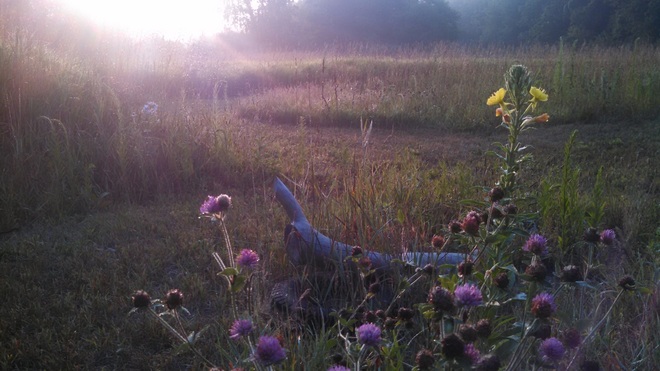
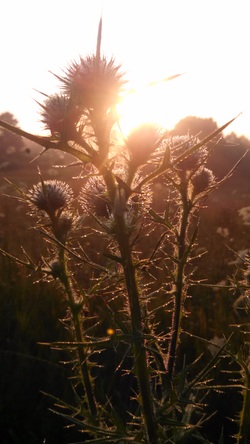


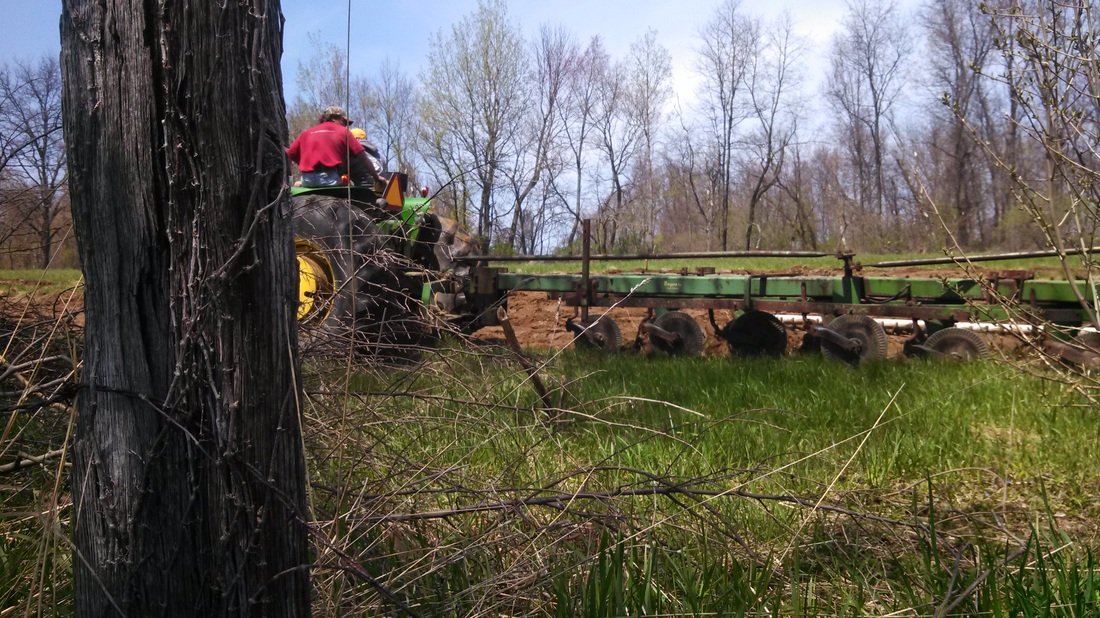
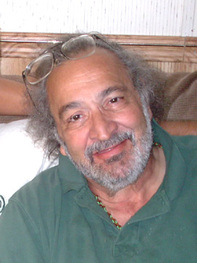
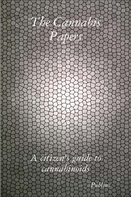
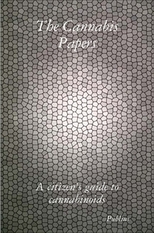
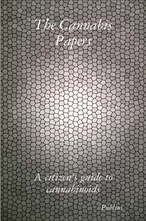
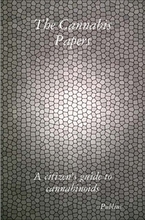
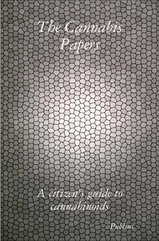
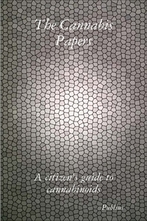
 RSS Feed
RSS Feed
